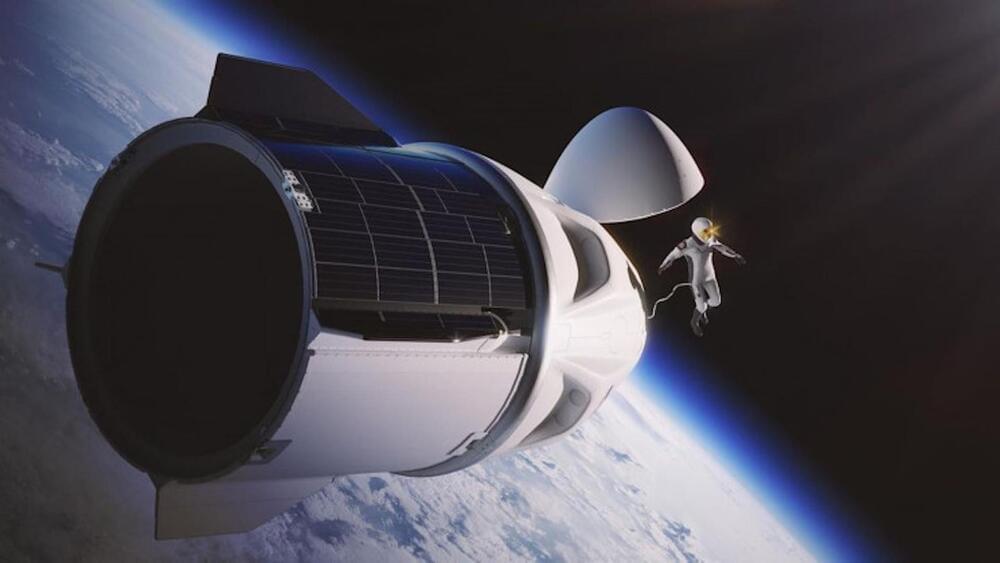
Get the latest international news and world events from around the world.


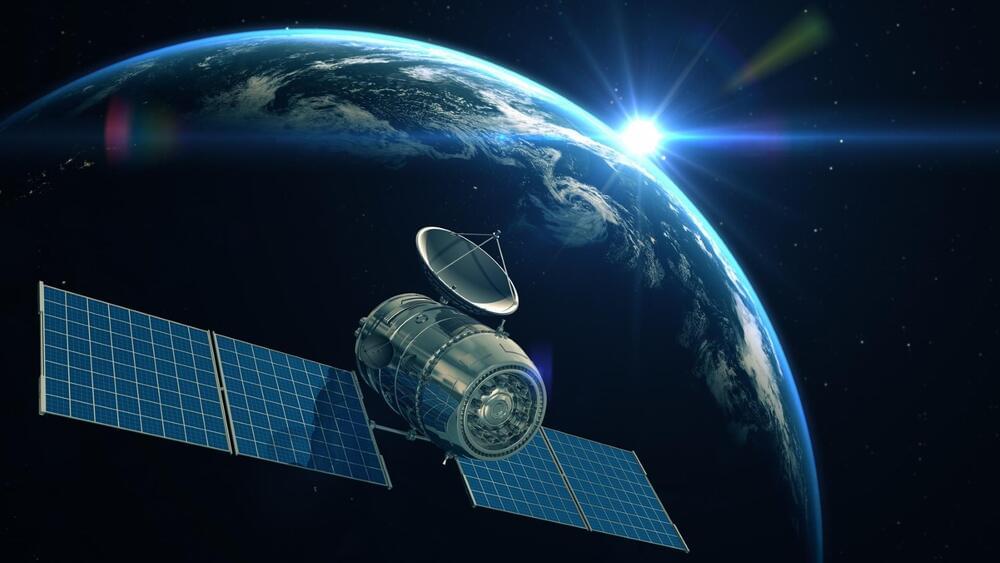
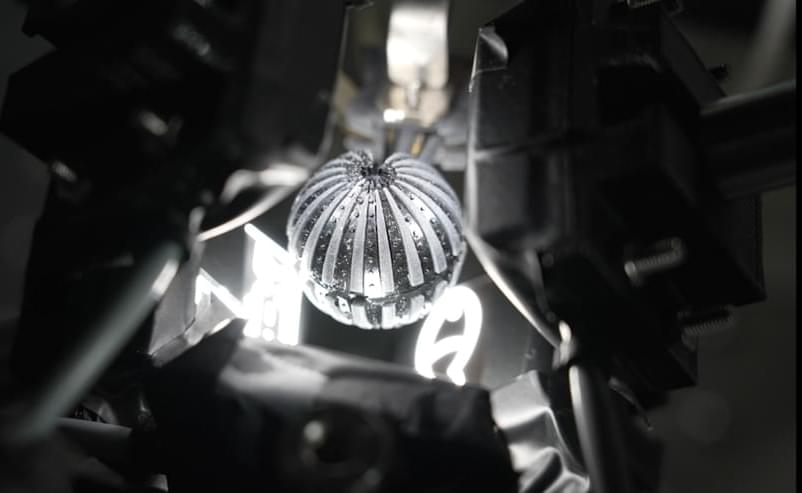
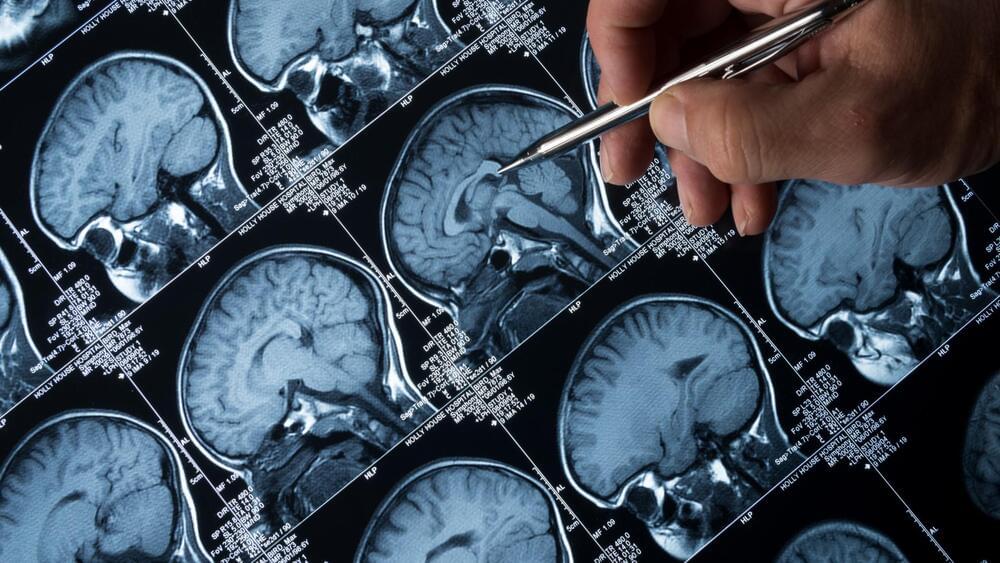

How Taiwan’s tiny chips are quietly shaping US geopolitics
Taiwan’s dominance of the semiconductor manufacturing market has made it a vital geopolitical interest for the US.
Taiwan dominates the world’s supply of computer chips — no wonder the US is worried.
One aspect of Nancy Pelosi’s trip to Taiwan that has been largely overlooked is her meeting with Mark Lui, chairman of the Taiwan Semiconductor Manufacturing Corporation (TSMC). Pelosi’s trip coincided with US efforts to convince TSMC — the world’s largest chip manufacturer, on which the US is heavily dependent — to establish a manufacturing base in the US and to stop making advanced chips for Chinese companies.
US support for Taiwan has historically been based on Washington’s opposition to communist rule in Beijing, and Taiwan’s resistance to absorption by China. But in recent years, Taiwan’s autonomy has become a vital geopolitical interest for the US because of the island’s dominance of the semiconductor manufacturing market.
Semiconductors — also known as computer chips or just chips — are integral to all the networked devices that have become embedded into our lives. They also have advanced military applications.
Full Story:
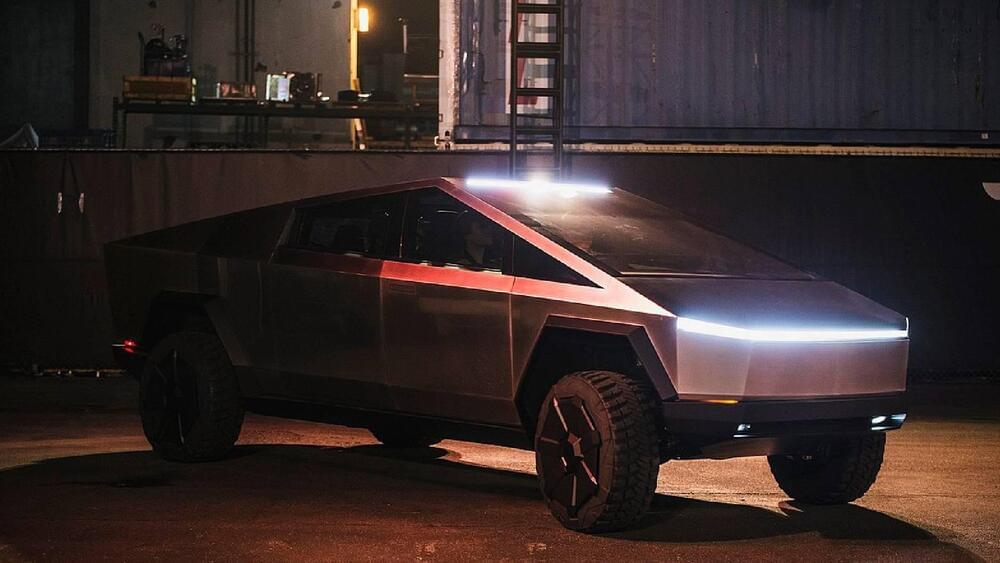
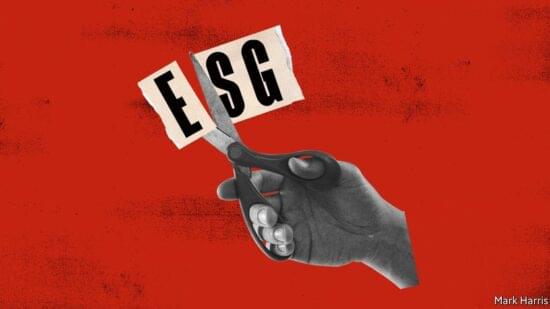
Bioelectronics will be commonly used by 2025
Bioelectronics are a relatively new scientific field that could one day result in a new class of medicines that would not be pills or injections but miniaturised, implantable devices.
GSK believes that these devices could be programmed to read and correct the electrical signals that pass along the nerves of the body, including irregular or altered impulses that can occur in association with a broad range of diseases. The hope is that through these devices, disorders as diverse as inflammatory bowel disease, arthritis, asthma, hypertension and diabetes could be treated.